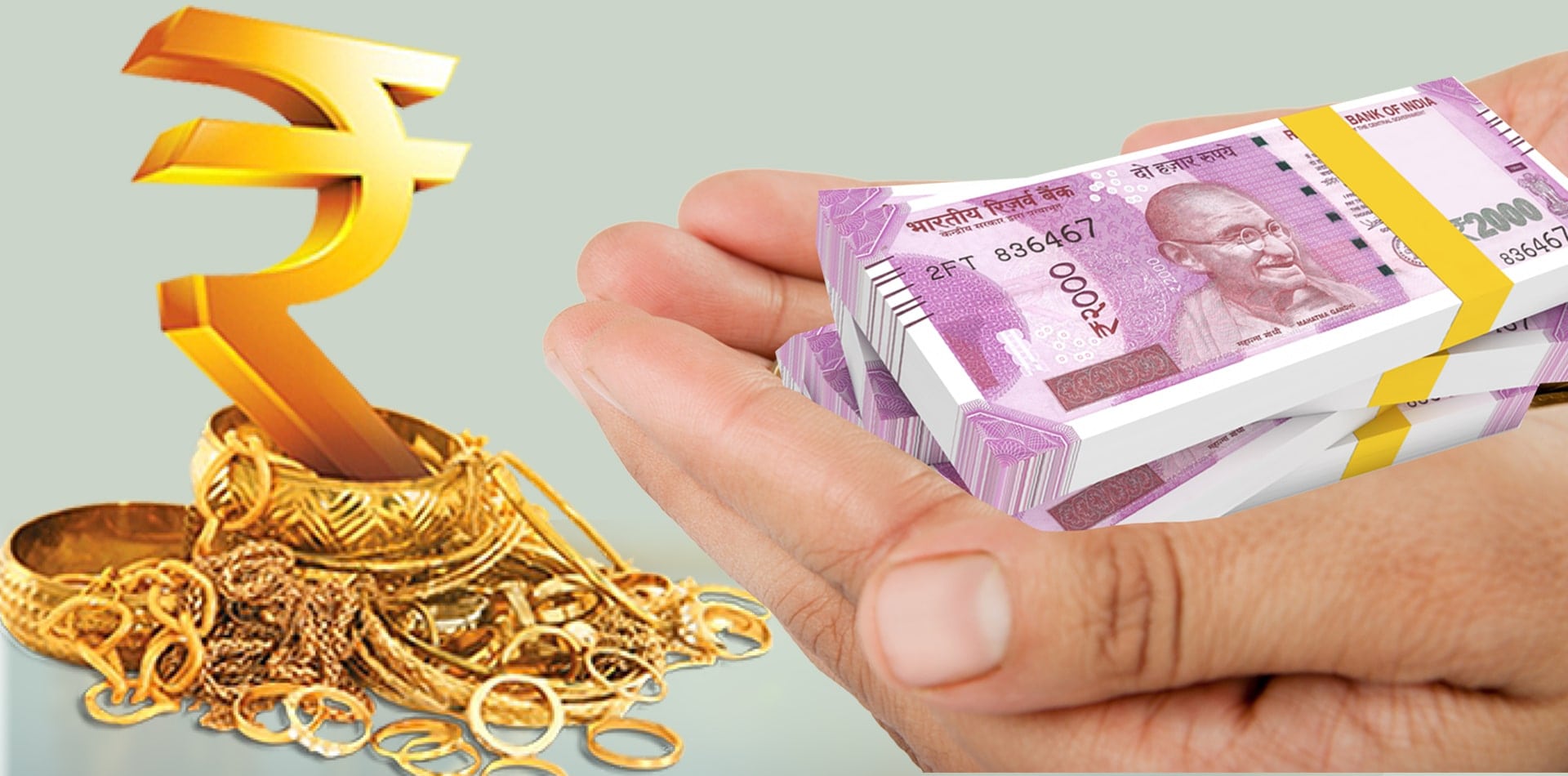Daily News
Why gold has shone during the pandemic
With immense financial uncertainty, many have turned to investing in gold as a safe haven.

At the peak of the 1991 economic crisis, India had to pledge 67 tons of gold to obtain $2.2 billion worth of emergency loans from foreign banks. Exactly three decades later, thousands of Indians caught in the vicious economic downturn caused by the Covid-19 pandemic are doing the same—pledging their gold to banks to raise capital.
Between April 24, 2020, and April 23, 2021, the country recorded a massive 85.9 per cent jump in Indians taking loans against gold. The Reserve Bank of India’s (RBI’s) April 2021 sectoral deployment data shows loans against gold jewellery shot up from Rs 24,747 crore on April 26, 2019, to Rs 62,238 crore as of April 23, 2021. This surge is a direct result of the financial stress that the pandemic has imposed on millions of Indians—job losses and salary cuts, made worse by extraordinary medical expenses. It has also coincided with a decrease in education loans and loans being taken by MSMEs (micro, small and medium enterprises)—education loans fell from Rs 54,076 crore in April 2019 to Rs 47,510 crore in April 2021.
Gold imports have also surged in the past few months. India is one of the world’s largest consumers of gold and imports an average of 400-500 tonnes of the metal annually. Nilesh Shah, managing director at Kotak Mahindra Asset Management estimates a three-fold increase in gold imports this year, with about 300 tonnes being imported between February and April alone.
The reason for this increased demand isn’t hard to see. With immense financial uncertainty, many have turned to investing in gold as a safe haven. In the past year, aside from the job losses and extraordinary medical expenses, many Indians have suffered salary cuts. Appraisals and annual increments have been tepid in most sectors as well. The pandemic has also taken a severe toll on young Indians, many of whom are the breadwinners of their families. These factors have led to an increased demand for a safe investment option for existing assets. When it comes to the increase in loans being taken against gold, a factor is the increased scrutiny by banks—in many cases, financial institutions have become more stringent, demanding collateral before signing off on loans.
Gold has always been considered a safe investment to bank on in times of distress or emergencies. This is perhaps why the RBI, in 2020, had increased the permissible loan-to-value (LTV) ratio for loans against gold and jewellery for non-agricultural purposes—from 75 per cent to 90 per cent—to help those in financial distress. According to a circular from the central bank, the move was meant to ‘mitigate the economic impact of the Covid19 pandemic on households, entrepreneurs and small businesses’. This enhanced LTV ratio was applicable until March 31, 2021, to enable borrowers to tide over their temporary liquidity mismatches on account of Covid-19, it said. As of now, the RBI has not extended this deadline.
Courtesy: India Today





 Wide Angle4 weeks ago
Wide Angle4 weeks agoIndia has overtaken China to become second largest diamond market: De Beers CEO Al Cook

 Daily News1 month ago
Daily News1 month agoUS-based private equity firm Advent International to acquire Orra Fine Jewellery, say media reports

 Exclusive2 months ago
Exclusive2 months agoThe House of Rose debuts in Mumbai with a 21,000 sq. ft. experiential concept space showcasing fine jewellery and luxury watch brands

 Wide Angle1 month ago
Wide Angle1 month agoEminent jeweller Viren Bhagat sets up first global boutique in London’s Mayfair























